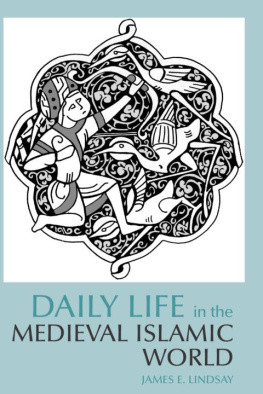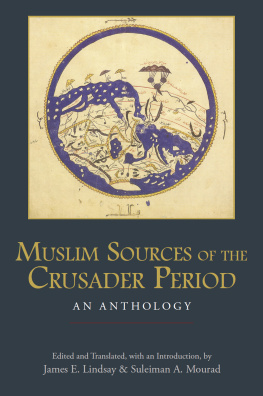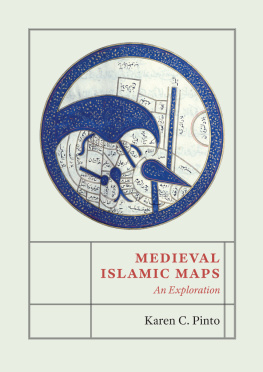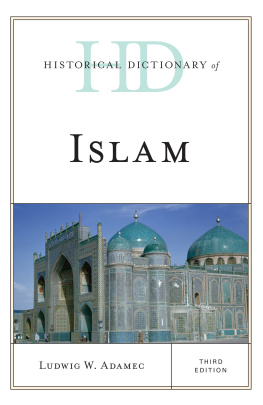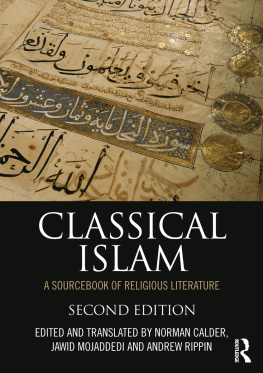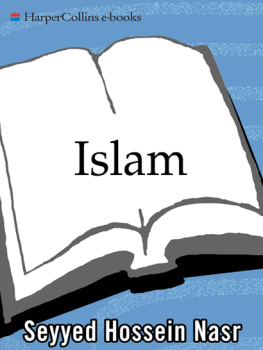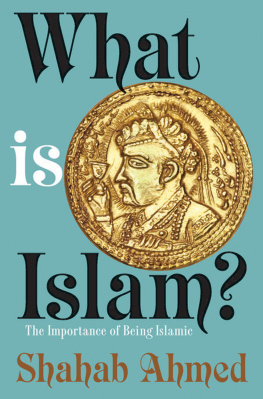The Age of Charlemagne
John J. Butt
The Age of Sail
Dorothy Denneen Volo and James M. Volo
The American Revolution
Dorothy Denneen Volo and James M. Volo
The Ancient Egyptians
Bob Brier and Hoyt Hobbs
The Ancient Greeks
Robert Garland
Ancient Mesopotamia
Karen Rhea Nemet-Nejat
The Ancient Romans
David Matz
The Aztecs: People of the Sun and Earth
David Carrasco with Scott Sessions
Chaucer's England
Jeffrey L. Singman and Will McLean
Civil War America
Dorothy Denneen Volo and James M. Volo
Colonial New England
Claudia Durst Johnson
Early Modern Japan
Louis G. Perez
The Early American Republic, 1790-1820: Creating a New Nation
David S. Heidler and Jeanne T. Heidler
18th-Century England
Kirstin Olsen
Elizabethan England
Jeffrey L. Singman
The Holocaust
Eve Nussbaum Soumerai and Carol D. Schulz
The Inca Empire
Michael A. Mal pass
The Industrial United States, 1870-1900
Julie Husband and Jim O'Loughlin
Maya Civilization
Robert J. Sharer
Medieval Europe
Jeffrey L. Singman
The Nineteenth Century American Frontier
Mary Ellen Jones
The Nubians
Robert S. Bianchi
The Old Colonial Frontier
James M. Volo and Dorothy Denneen Volo
Renaissance Italy
Elizabeth S. Cohen and Thomas V. Cohen
The Soviet Union
Katherine B. Eaton
The Spanish Inquisition
James M. Anderson
Traditional China: The Tang Dynasty
Charles Benn
The United States, 1920-1939: Decades of Promise and Pain
David E. Kyvig
The United States, 1940-1959: Shifting Worlds
Eugenia Kaledin
The United States, 1960-1990: Decades of
Discord
Myron A. Marty
Victorian England
Sally Mitchell
The Vikings
Kirsten Wolf
World War I
Neil M. Heyman
*Look for more books in this series in paperback from Hackett Publishing Company.
JAMES E. LINDSAY




MAPS
The Middle East on the Eve of Islam
Early Islamic Conquests
The Islamic World in 1500
The Middle East in the Late Eleventh Century
Medieval Damascus
Medieval Baghdad and Iraq
Medieval Cairo
PHOTOGRAPHS
The Harra, Jabal Says in southeastern Syria
Mud-brick house in Old Marib, Yemen
Marib Dam
The Du`an Valley of Hadramawt at the time of the summer rains
Limestone relief from a sarcophagus in the camp of Diocletian, Palmyra, depicting two caravan leaders with a camel
Zafar, in the highlands of Yemen
Early Islamic armaments
Aisha in a litter atop her camel
Seljukid Period horsemen twelfth-thirteenth centuries
Ships
Siege weapons
The Dome of the Rock, Jerusalem, ca 1870
The Umayyad Mosque, Damascus, ca. 1865
Interior of the Umayyad Mosque, Damascus, ca. 1870
Main entrance to the Azhar Mosque, Cairo, ca. 1870
Courtyard of the Azhar Mosque, Cairo, ca. 1870
Village near Pyramids at Giza during flood season, ca. 1865
Arab-Sasanian drahm
Umayyad dinar
Abbasid dirham
Shops on a Cairo street
Exterior of homes in Cairo
Bathhouse floor plan
Fountain
Courtyard of a house in Cairo
Sketch of a guest chamber
Shadhuf
The Dome of the Rock as seen from the Mount of Olives, ca. 1870
Mihrab and Minbar in the Aqsa Mosque, Jerusalem, ca. 1870
Ablution vessels
The prostrations of prayer, 1
The prostrations of prayer, 2
The Ka`ba, ca. 1870
The Haram of Mecca
The Road between Mecca and Arafat
Parade prior to a circumcision
Early nineteenth-century veils
Americans know a great deal about the European Middle Ages based on our exposure to popular literature and films depicting King Arthur, Robin Hood, foreboding castles, knights in shining armor, damsels in distress, and of course the collected works of Monty Python. A few are even lucky (or unlucky) enough to have studied Chaucer's Canterbury Tales without the benefit of a modern English translation. Despite the romantic and humorous quality of our popular understanding of the European Middle Ages, most Americans possess a range of religious, cultural, political, and even linguistic reference points from which to begin a more serious study of the history of medieval Europe. When we turn our attention to the medieval Islamic world, most of us have few, if any, points of reference at all.
Daily Life in the Medieval Islamic World is intended for such an audience. It is a general introduction to the Islamic world from the point of view of those who lived there when the Islamic world represented much of the best of what human civilization had to offer with respect to political order, military prowess, economic vitality, and civil society, as well as intellectual and scientific inquiry. As such, this book attempts to deal with a broad range of issues relevant to daily life in the many societies and regions that constituted the Islamic world from its origins in seventh-century Arabia to the end of the thirteenth century. I have chosen A.D. 1300 as the rough cutoff point for this study because the Islamic world becomes a very different place in many respects in the wake of the Mongol conquest of Baghdad in 1258, the end of the Crusader enterprise in the Near East in the 1290s, the rise of the Ottoman house in Anatolia and Eastern Europe in the early fourteenth century, and the waning of the Mongol threat by the 1320s.1
Because the medieval Islamic world during the seven centuries covered in this study ranged from Spain and West Africa in the west to Central Asia and the Indian Subcontinent in the east, one must make some choices about which regions and subjects to focus one's attention on and which perforce must be given less attention. Since Islam originated in the Arabian Peninsula and established its first cosmopolitan imperial capitals in Damascus, Baghdad, and Cairo, the bulk of our attention will be given to the central Islamic lands between the Nile and Oxus Rivers. Such an approach can give the impression that the central Islamic lands are where one can find "typical" Islamic religion and culture. To a certain extent this was the view of a great many of those who hailed from the region, as evidenced by the extensive literature praising the merits (fada'il) of one's home province, city, or town that developed during the early centuries of Islamic history. In order to illustrate the continuity as well as the diversity within and among medieval Islamic societies, I will occasionally provide examples from other areas as well.

